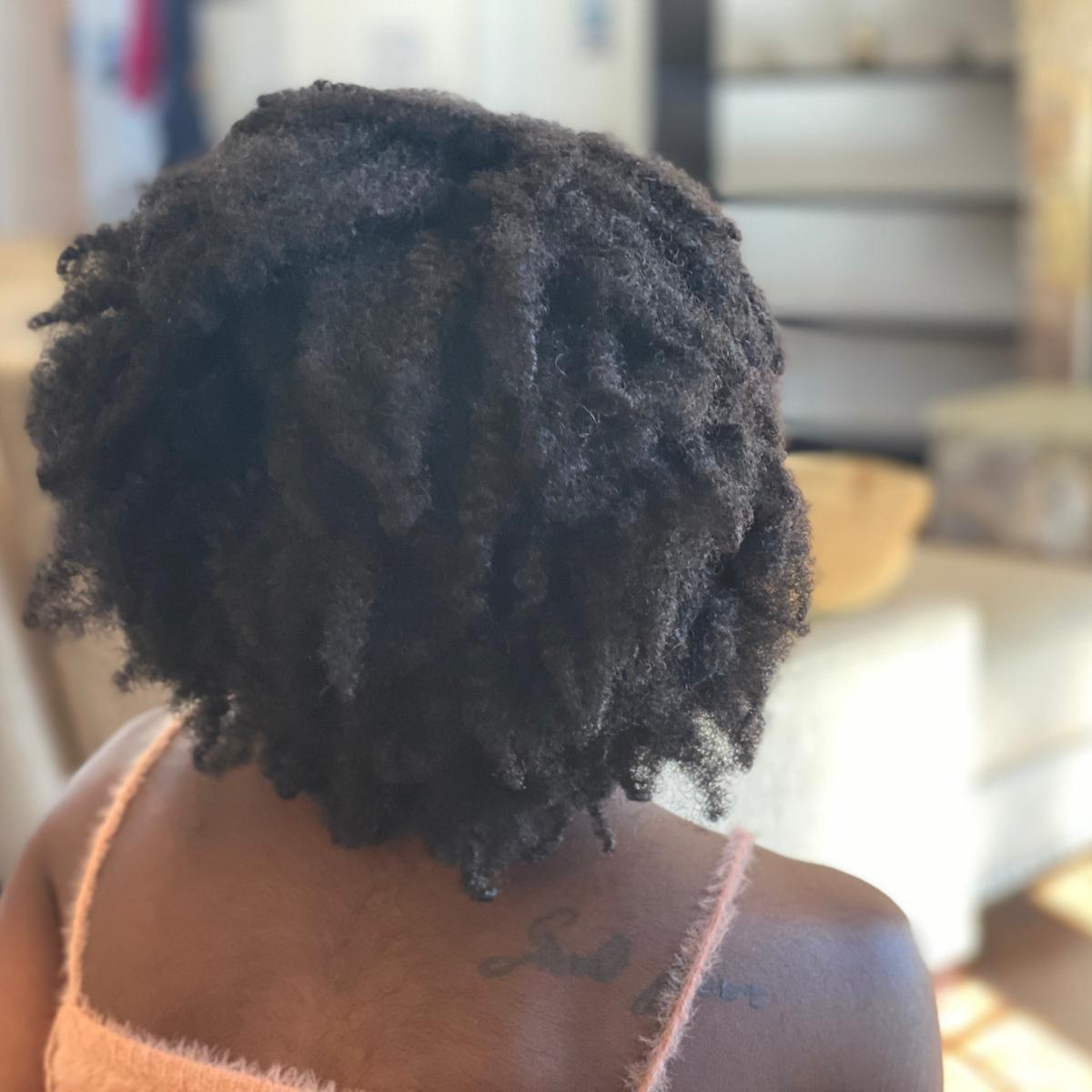
How to Determine Your Hair Porosity at Home: A Simple Guide
Understanding your hair porosity is a crucial step in creating a hair care routine that truly works for you. Hair porosity affects how your hair absorbs and retains moisture, and knowing your hair’s porosity level can help you choose the right products and treatments. In this blog, we’ll walk you through a simple method to determine your hair porosity at home.
What is Hair Porosity?
Hair porosity refers to your hair’s ability to absorb and retain moisture. It’s influenced by the structure of the cuticle, the outer layer of your hair. Depending on how open or closed the cuticles are, your hair may fall into one of three porosity categories: low, medium, or high.
Why Knowing Your Hair Porosity Matters
Understanding your hair porosity can:
-
Help you select the best products for your hair type.
-
Improve your hair’s ability to retain moisture.
-
Prevent over-moisturizing or under-moisturizing your hair.
The Float Test: A Simple Way to Determine Hair Porosity
The float test is a quick and easy method to assess your hair’s porosity. Here’s how to do it:
Step 1: Gather Your Hair
-
Select a few strands of clean, dry hair. Make sure your hair is free from products like conditioners, oils, or styling products, as these can affect the results.
Step 2: Prepare a Bowl of Water
-
Fill a clear glass or bowl with room-temperature water.
Step 3: Drop the Hair Strands
-
Gently place the strands of hair into the water.
Step 4: Observe the Results
-
Watch how the hair behaves over the next 2-4 minutes.
If the hair floats:
-
This indicates low porosity. The tightly closed cuticles resist moisture absorption, causing the hair to stay on the surface.
If the hair sinks slowly:
-
This suggests medium porosity. The cuticles are slightly raised, allowing for balanced moisture absorption and retention.
If the hair sinks quickly:
-
This means high porosity. The raised or damaged cuticles quickly absorb moisture but also lose it just as fast.
-
Additional Tests to Confirm Hair Porosity
1. The Slip 'n Slide Test:
-
Take a strand of hair and slide your fingers up from the tip to the root.
-
If it feels smooth, you have low porosity hair.
-
If it feels slightly bumpy, you have medium porosity hair.
-
If it feels very rough and uneven, you have high porosity hair.
-
2. The Spray Bottle Test:
-
Spray a section of dry hair with water.
-
If the water beads up on the surface, your hair is low porosity.
-
If it absorbs quickly but stays hydrated, you have medium porosity.
-
If the water soaks in rapidly, your hair is high porosity.
-
What to Do Once You Know Your Hair Porosity
Low Porosity Hair:
-
Use lightweight, water-based products that won’t sit on the hair.
-
Apply heat or steam to help open the cuticle and allow moisture in.
Medium Porosity Hair:
-
Maintain a balanced routine with regular conditioning and occasional protein treatments.
-
This hair type generally requires less maintenance.
High Porosity Hair:
-
Use moisturizing products and oils to lock in moisture.
-
Incorporate protein treatments to strengthen the hair and seal the cuticles.
Conclusion
Determining your hair porosity is an essential step in customizing your hair care routine. By using the float test and other simple methods, you can better understand your hair’s needs and choose products that enhance its health and vitality. For porosity-specific hair care solutions, explore Dr. Kanks' range of tailored products designed to meet your unique hair needs.

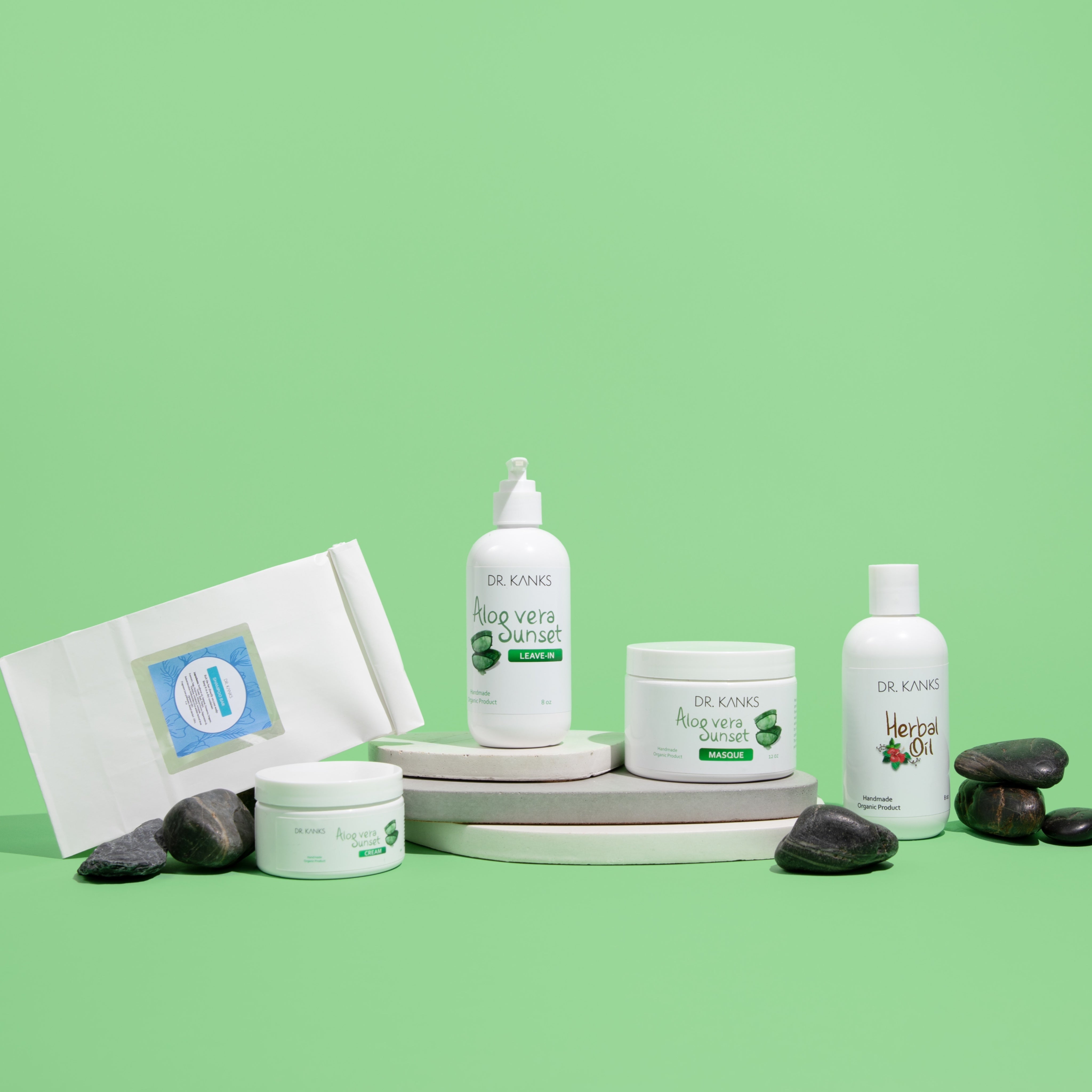


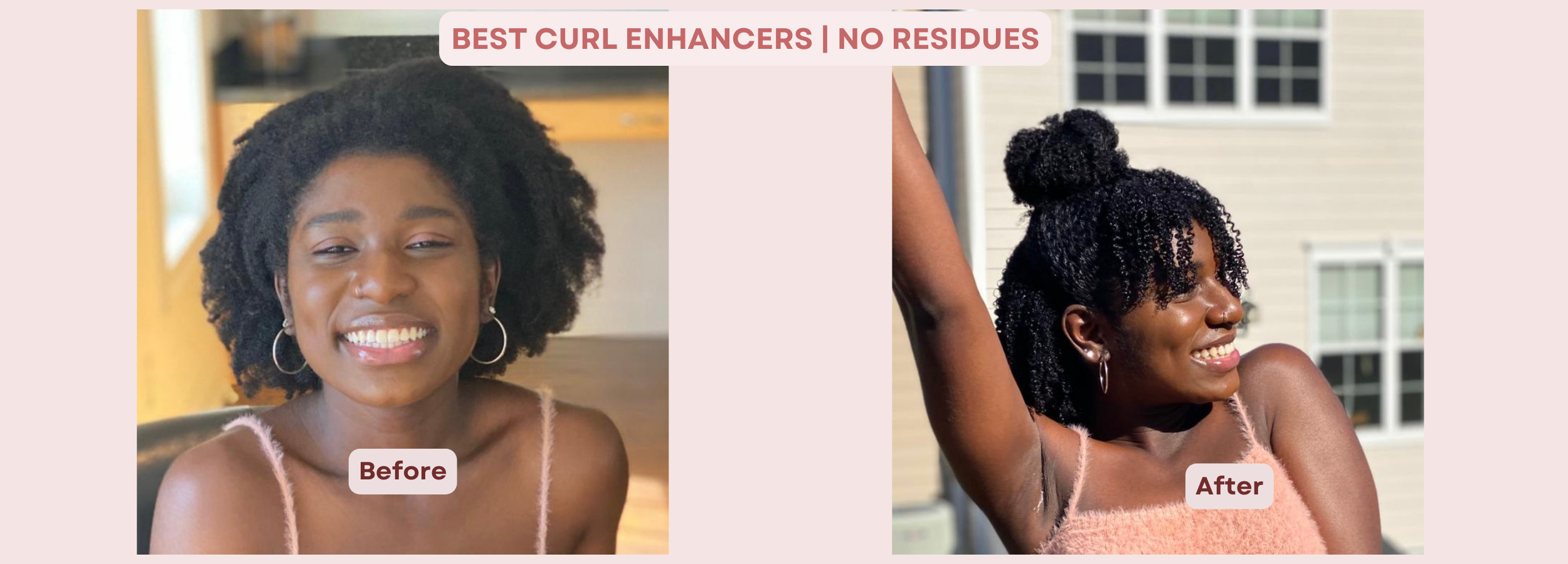
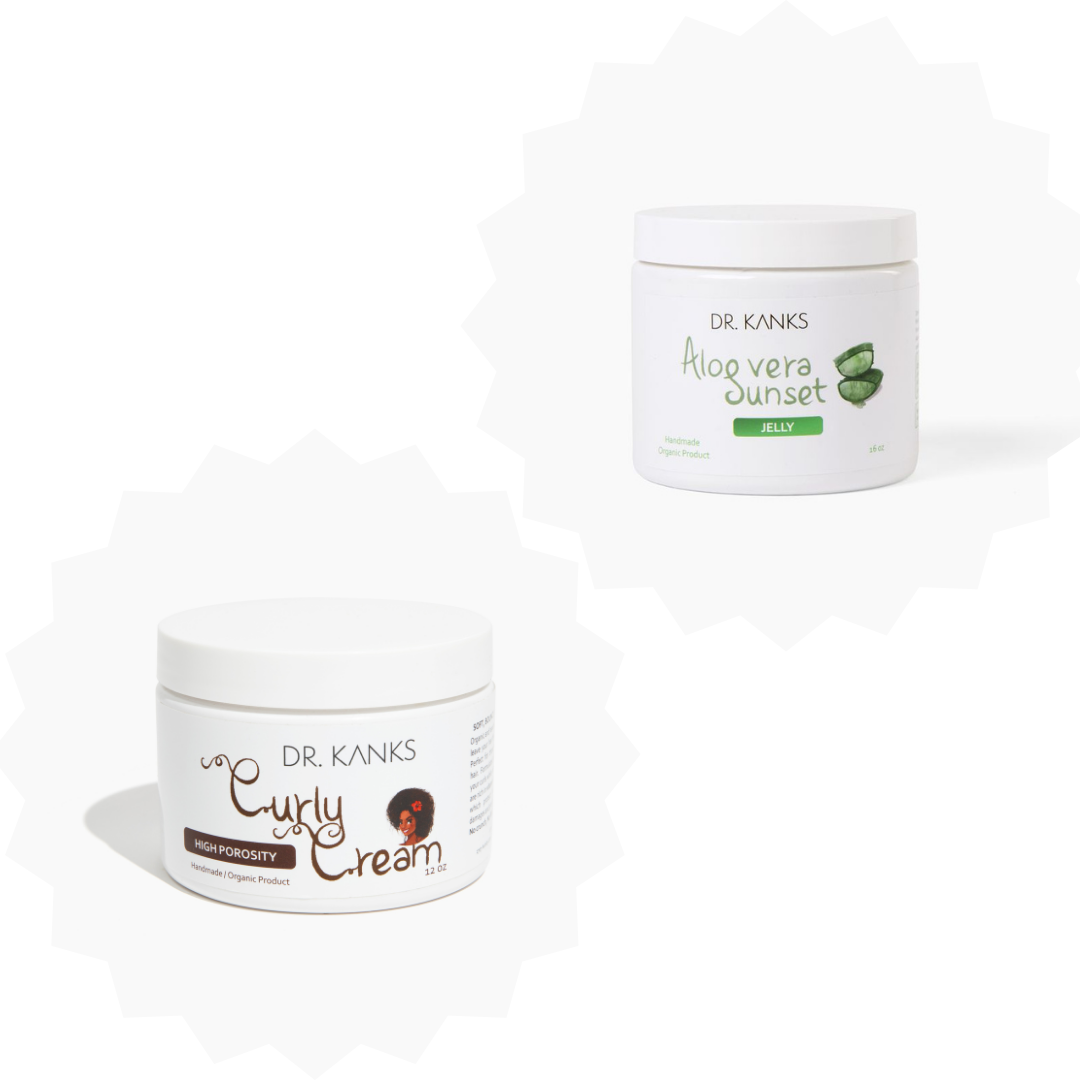

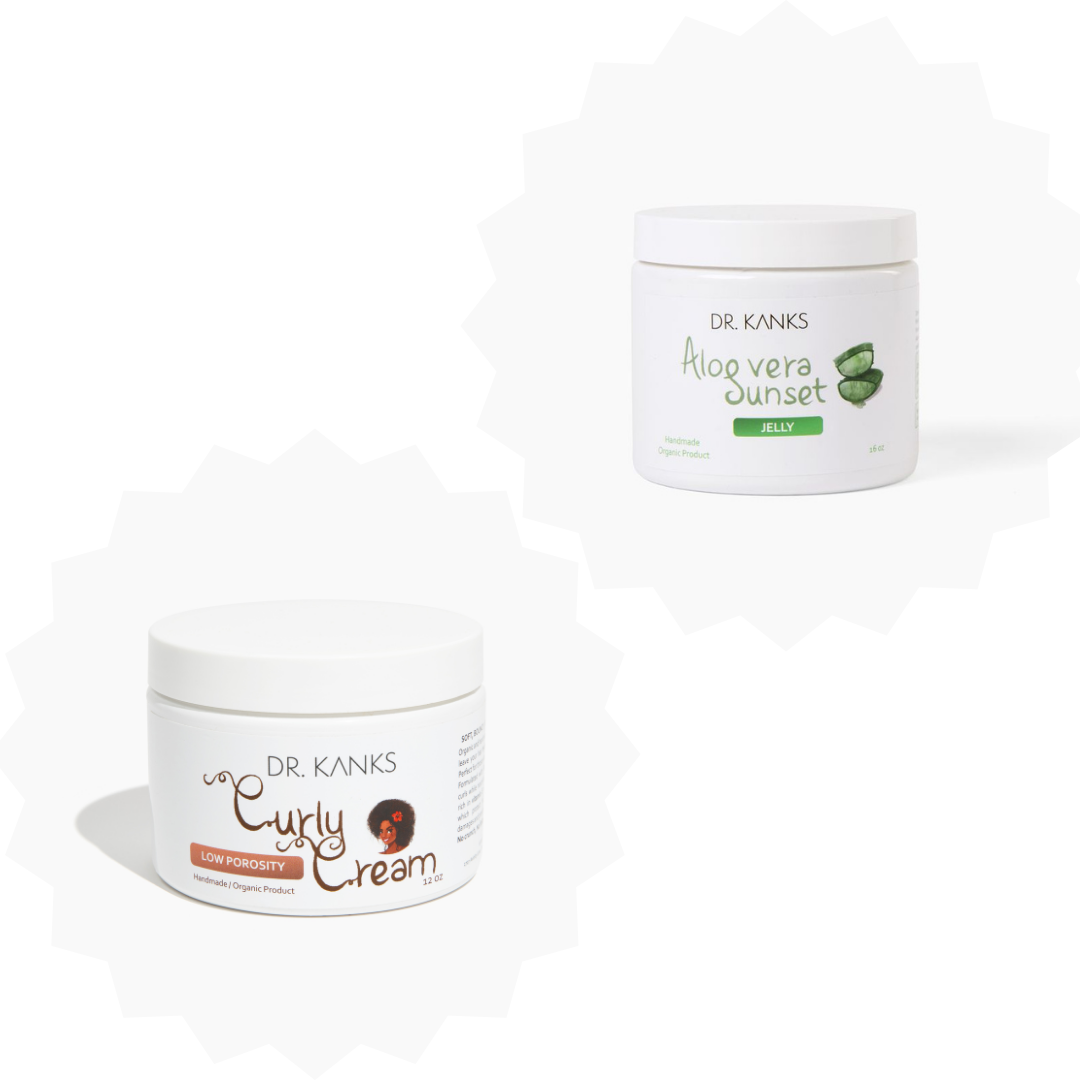
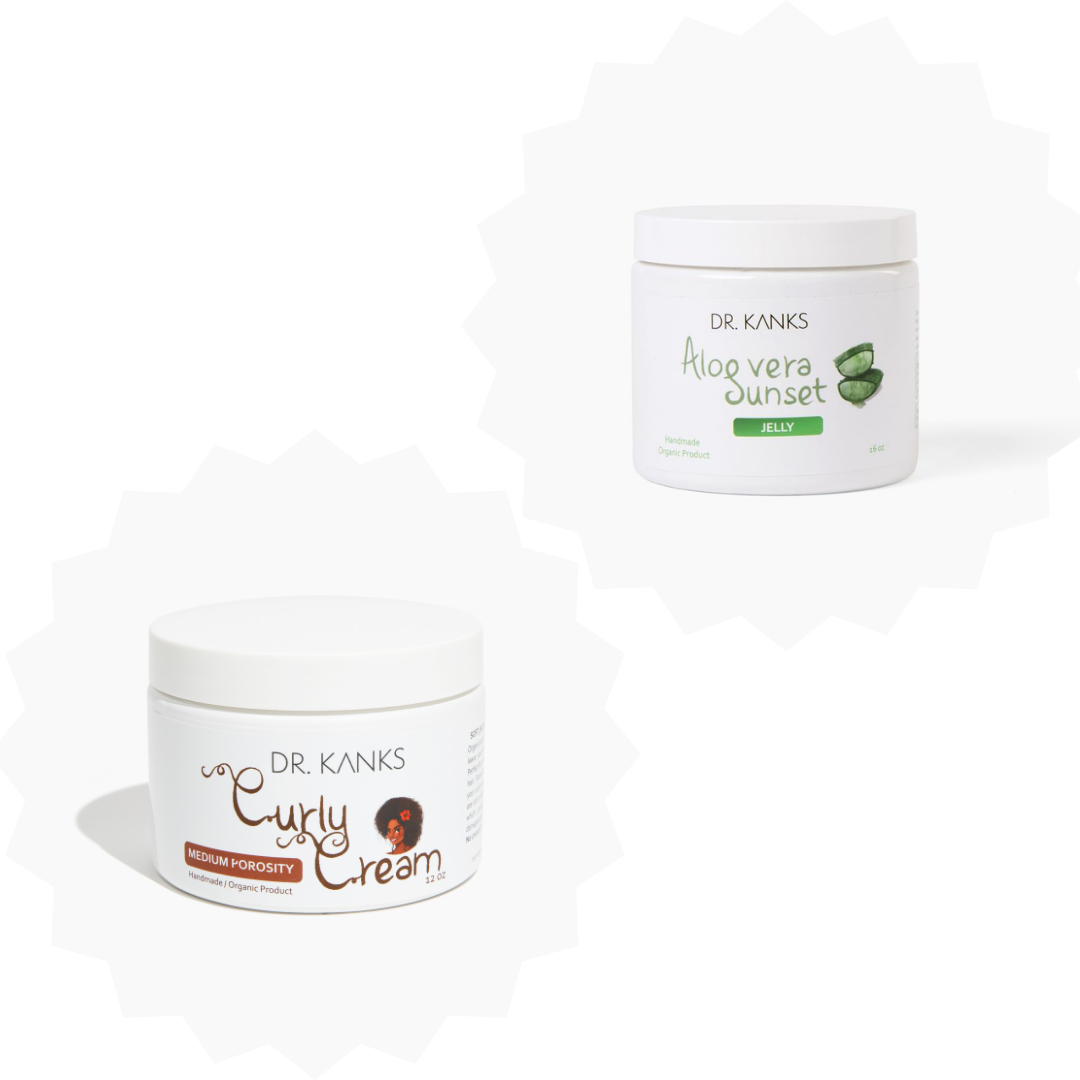
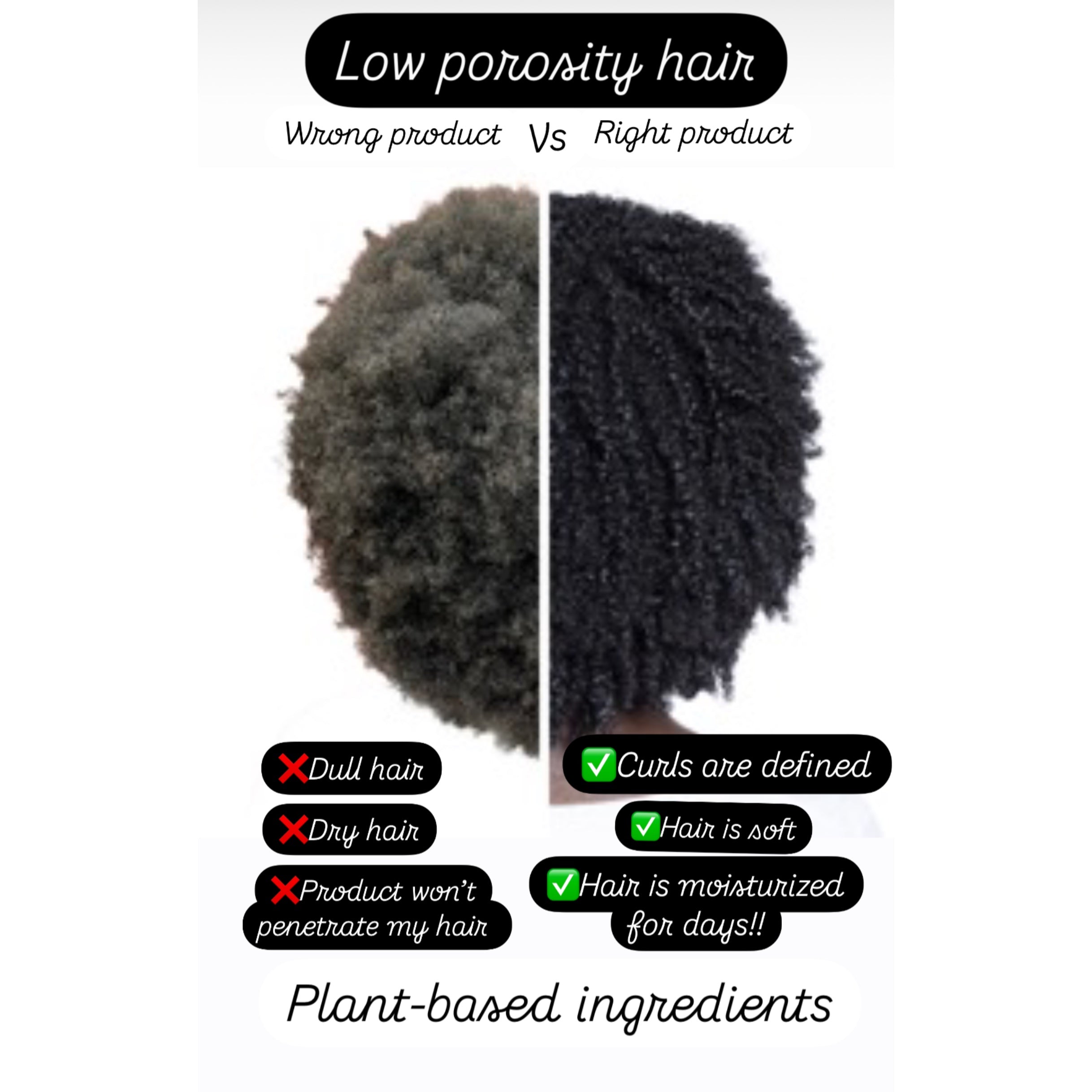
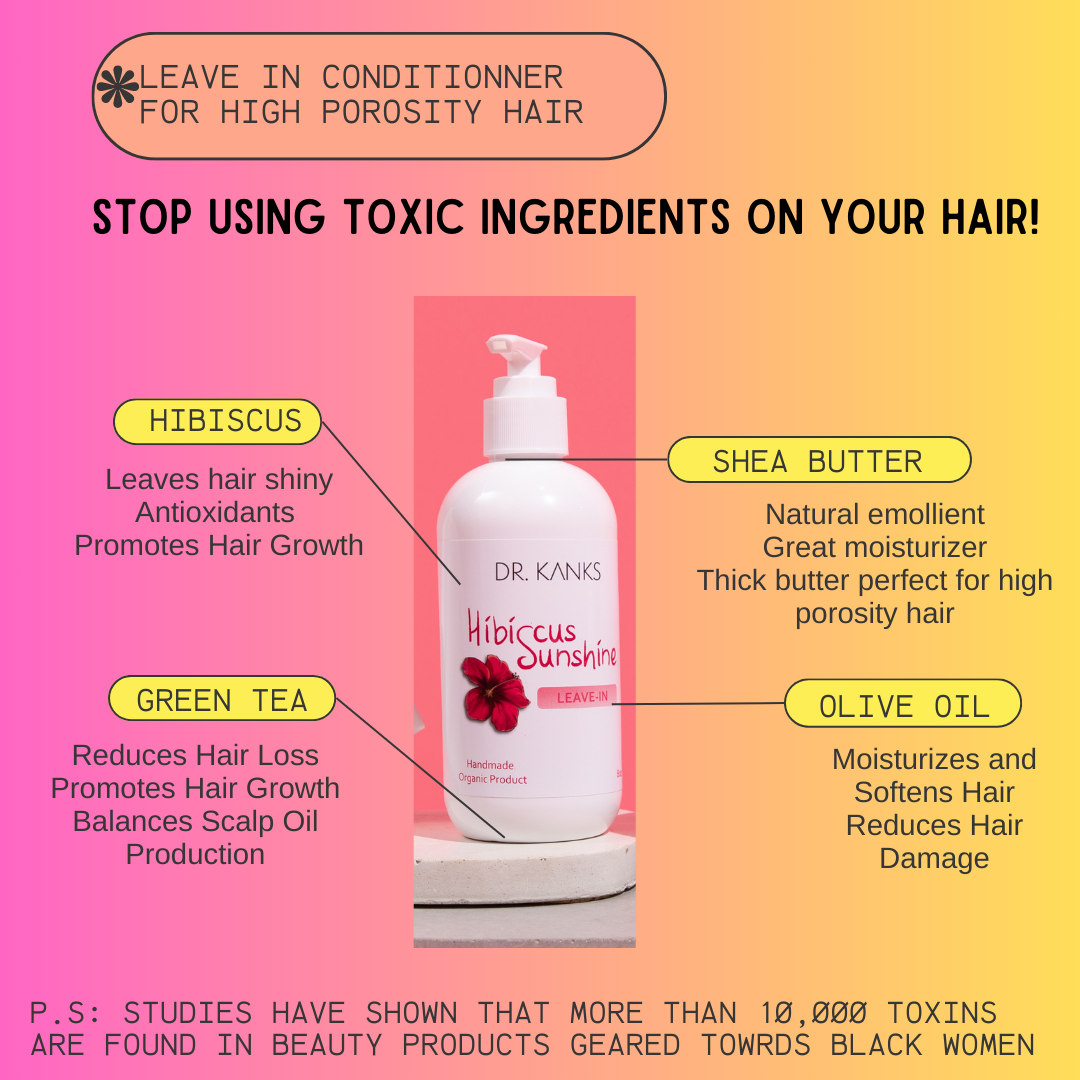
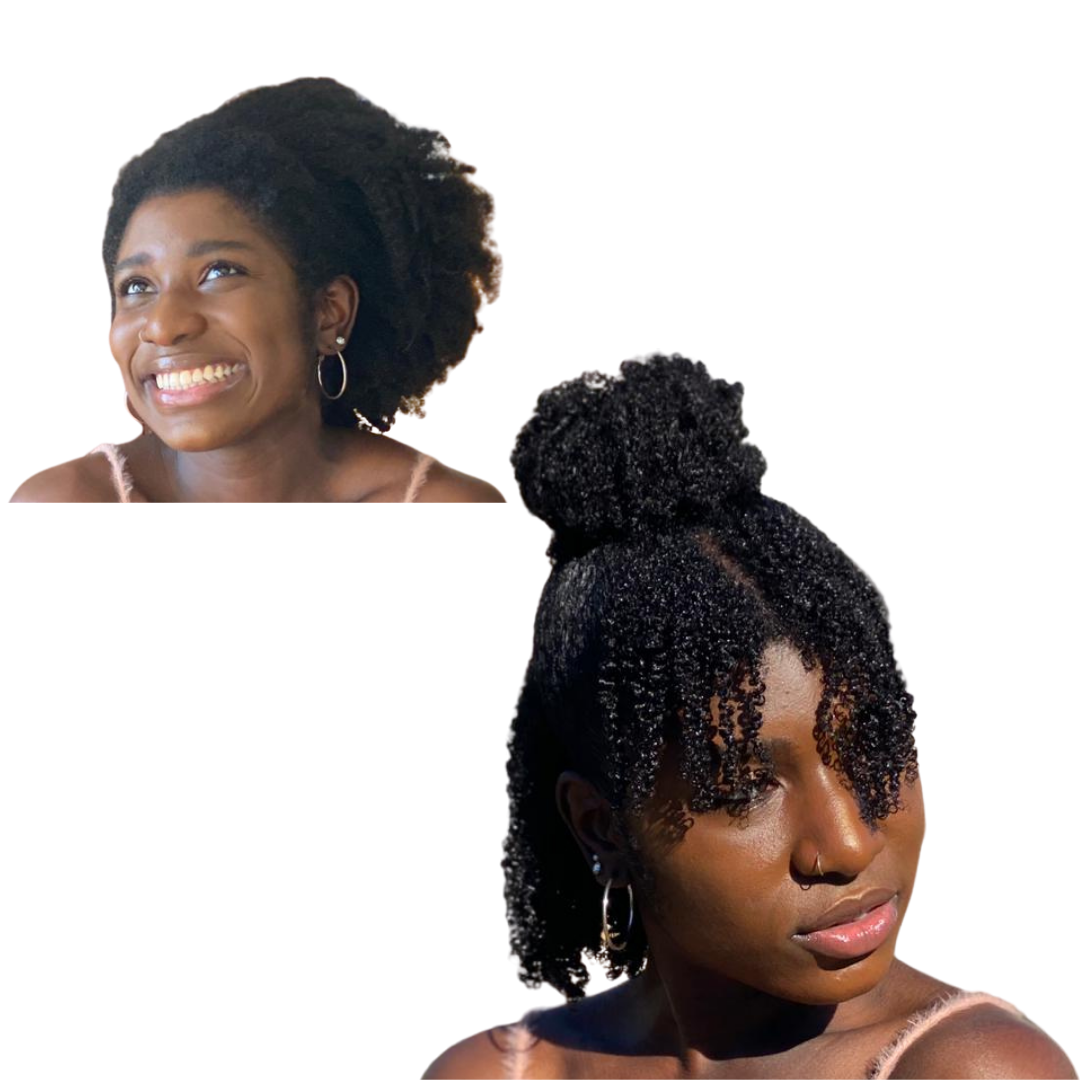
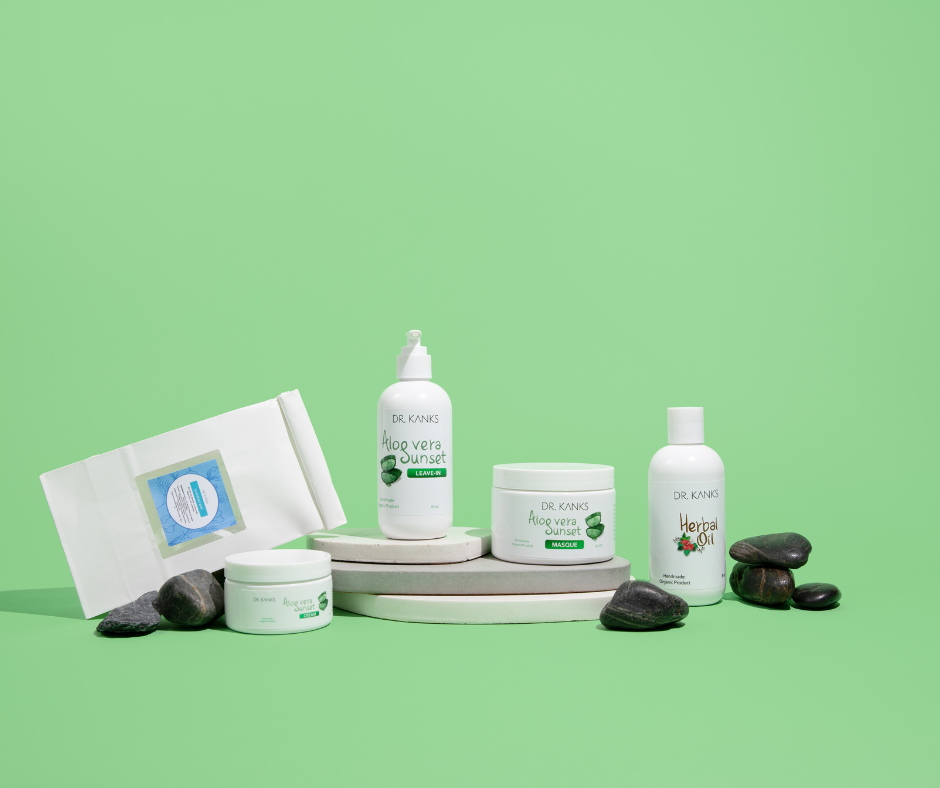
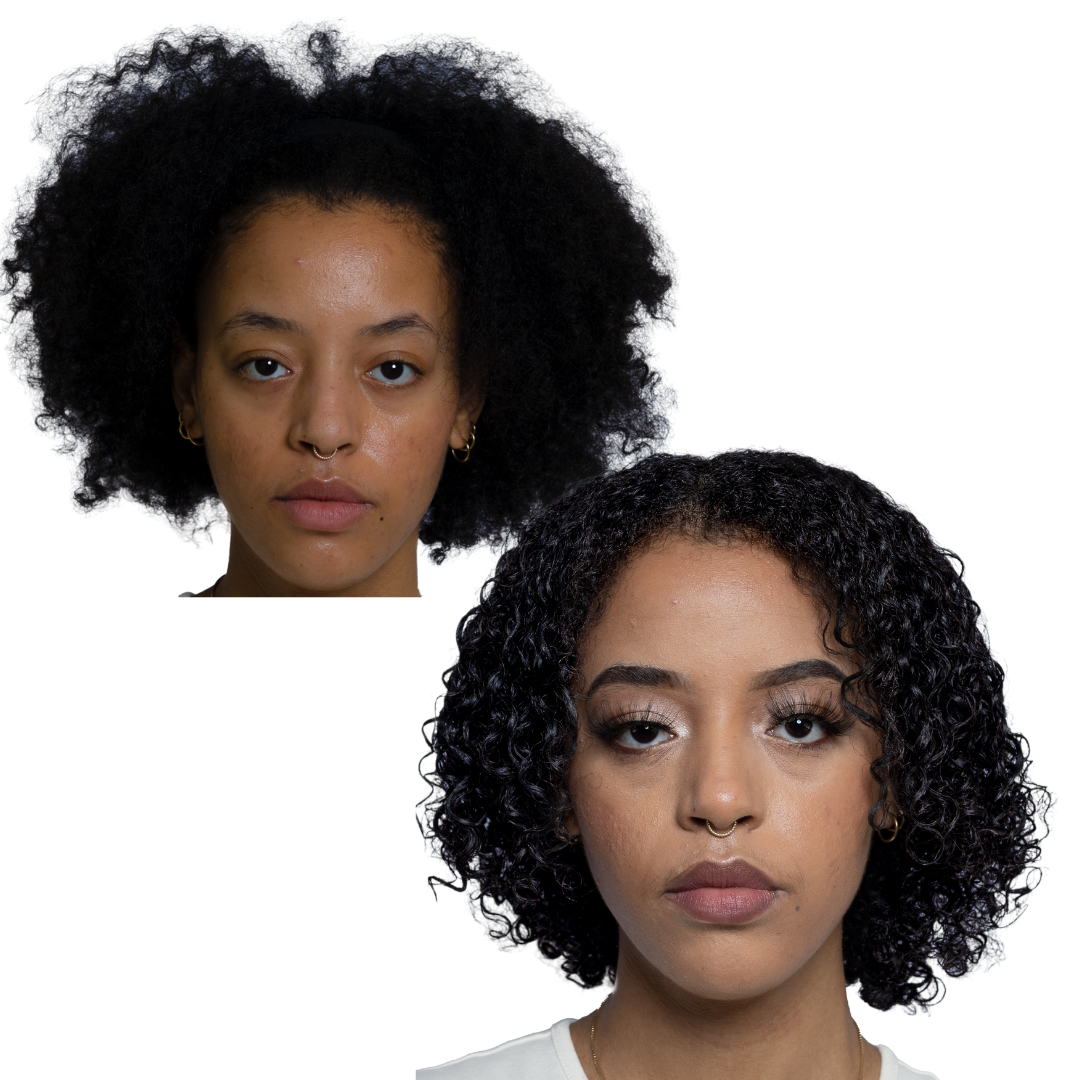
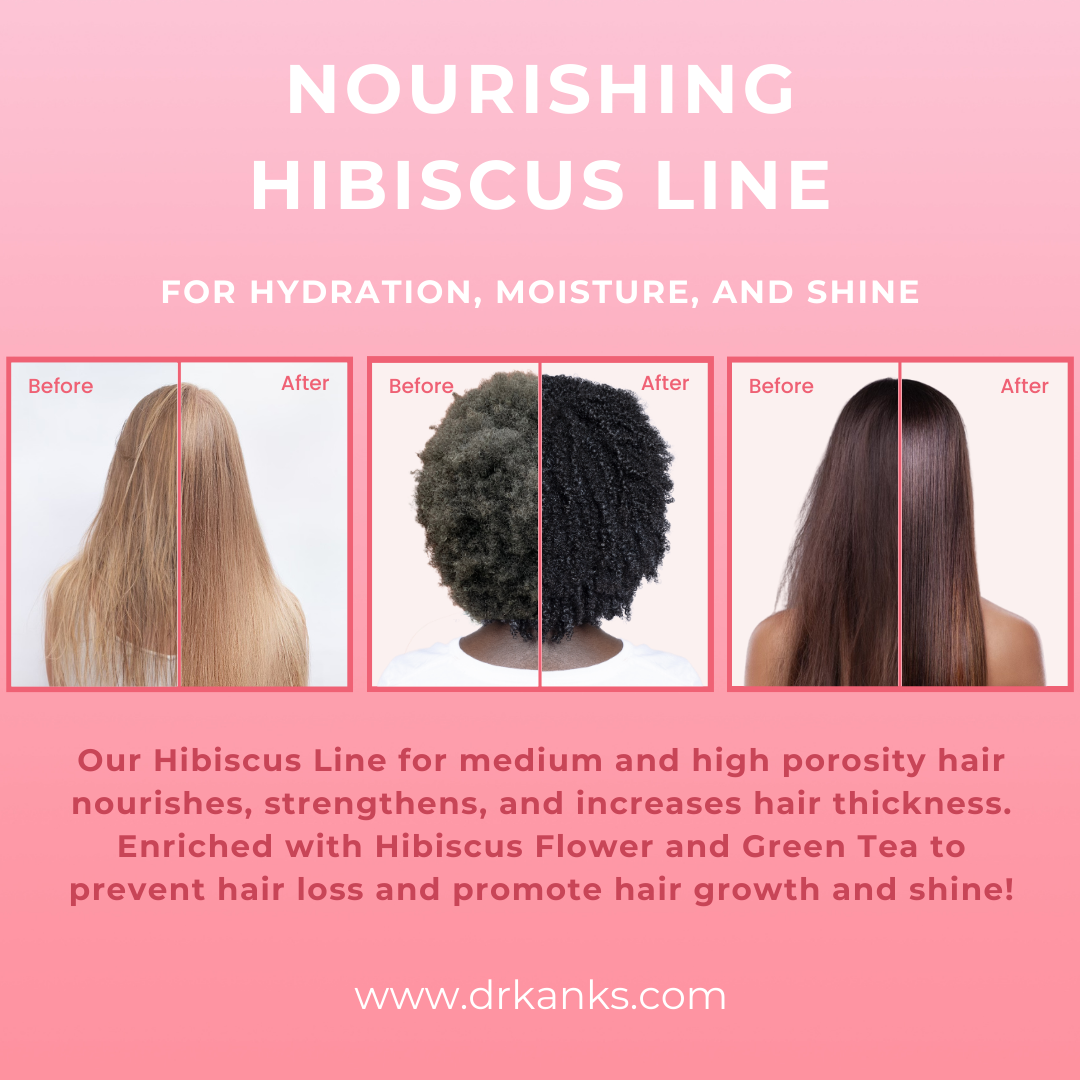
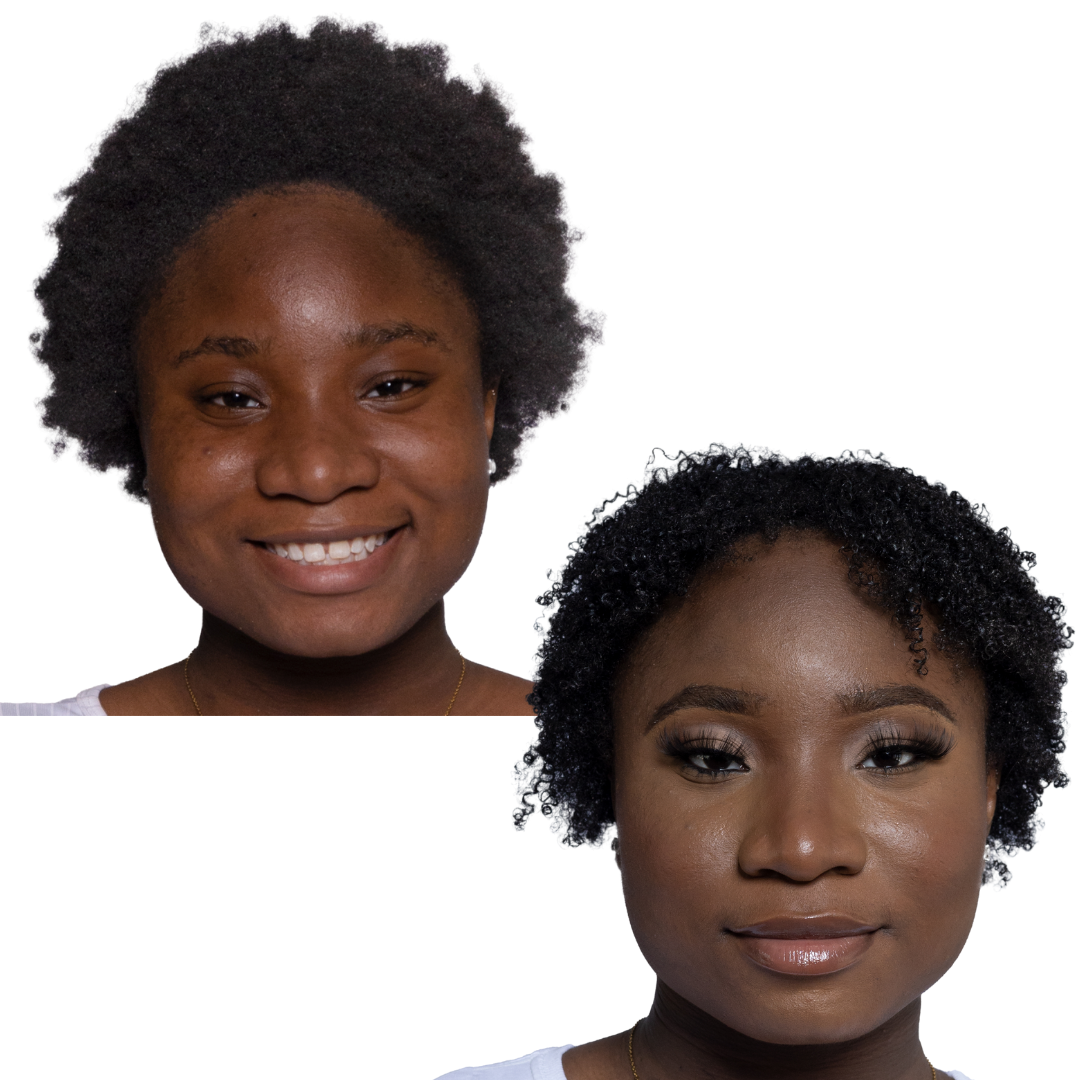



Leave a comment
This site is protected by hCaptcha and the hCaptcha Privacy Policy and Terms of Service apply.